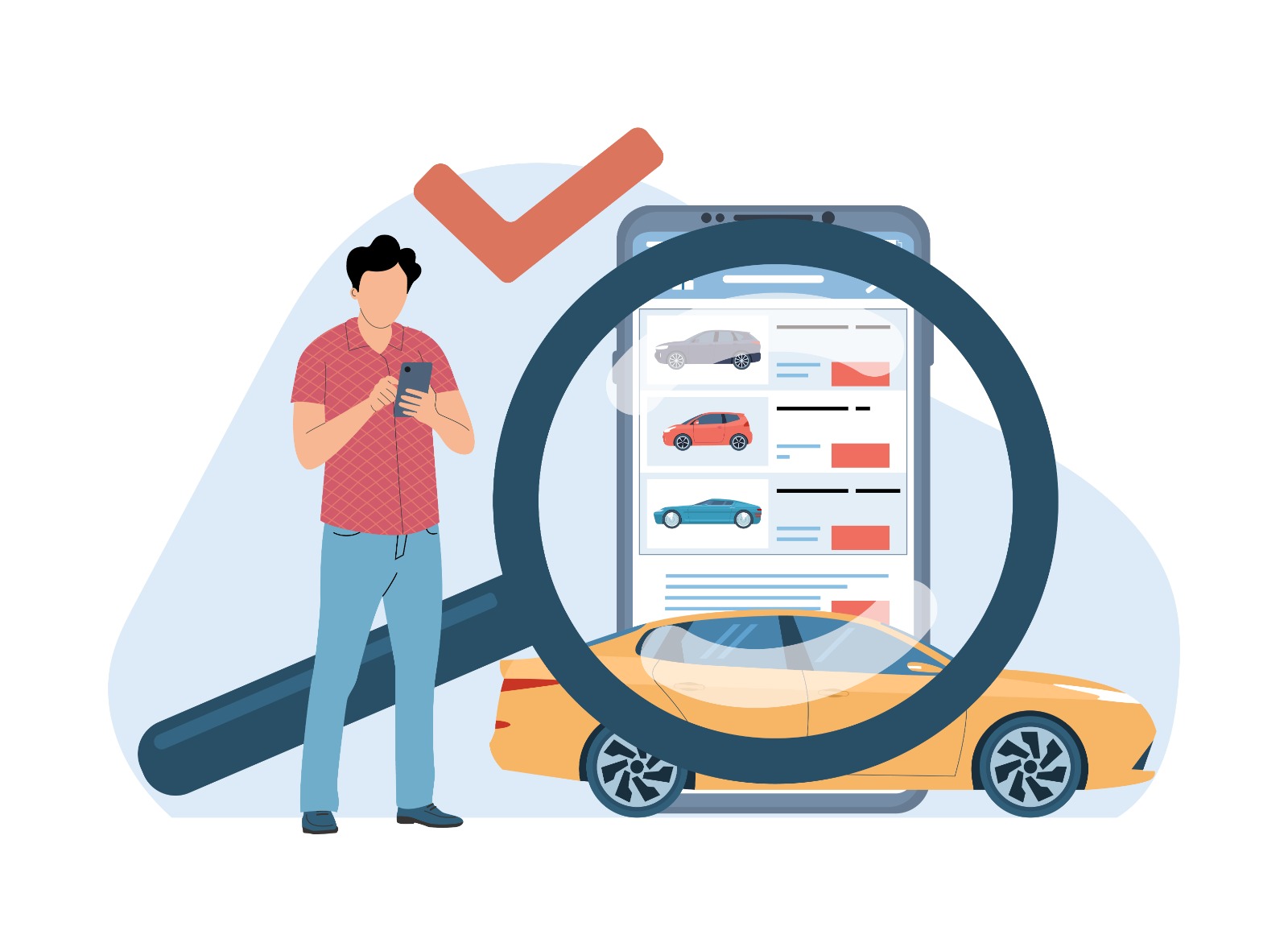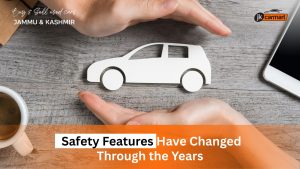What started as a mere medium to get transported from one place to another, is now being operated by softwares at advanced level and has become cloud. The “software-defined vehicles” concept has become increasingly popular in the automotive industry, over the globe.
The two top most remarkable impacts of software-defined vehicles could be understood as; the first one as network functions decoupled from proprietary hardware appliances which enable parallel physical and the digital advancement of vehicles while software determines differentiation, and the second one as the software becoming commercialized intending to maximize the life and value cycle of vehicles.
What Is A Software Defined Vehicle?
Software defined vehicles are ones which make use of automotive software in advanced methods. The fundamental functions of software defined vehicles are assisted by software on top of advanced hardware resources along with a modern operating system. Whereas the earlier versions were single, fixed-function hardware blocks equipped with sensors.
Software defined vehicles are more adaptable, flexible and easily upgradeable which are capable to use and share data, while being connected to the cloud. This implies they can be improved over time, as according to the feedback over time. This system will enable the auto industry in large to explore new business concepts, features, and functionality over the vehicle life cycle with cloud computing and software.
Key Components Of Software Defined Vehicles
Hardware layer
SDVs, powerful hardware remains critical to the whole basic vehicle operation. This hardware layer mainly includes the physical components of the car, containing;
- Engine, transmission, and other powertrain components.
- Sensors, including cameras and radars, and the electronic control units (ECU) that manage various electrical systems.
- Chassis, suspension, and other body components.
Equipped with high-performance computing systems are necessary to conduct the process in the vast amount of data collected by the sensors in order to run the software applications.
Software layer
The software is the sole of the software-defined vehicle which enables several software operations that further manage and control the vehicle functionality. The key software layer components contains;
- Embedded operating system (OS): The core OS acts like the brain of the SDV which manages everything ranging from critical functions to general operations.
- Middleware: This software layer bridges the gap between the applications and the operating system which facilitates communication and data exchange.
- Applications: These are the programs that provide the functionalities experienced by the driver and passengers. Examples are like the advanced driver-assistance systems (ADAS), navigation, in-vehicle infotainment, and vehicle’s features to connect.
Benefits Of Software Defined Vehicles
SDV software is on the path to transform the automotive industry by channelising the hardware functionality. It can quickly and efficiently personalise a car to understand user needs and adapt accordingly.
Increased Safety
By sharing data to a cloud system for real-time analysis, SDV software equips vehicles to better interact with their surroundings.
Greater Adaptability and Performance
Software updates enable SDVs to improve their efficiency over time and performance long after they depart from manufacturing units.
Enhanced Sustainability
SDVs are built to last longer than conventional vehicles, which eradicates the need for additional raw materials and lengthy manufacturing processes.
More Flexibility
SDV software provides extended usability and functionality of a vehicle.
Predictive Maintenance
The data generated by their SDVs shared with servers over the cloud enable owners to proactively get vehicle serviced or replace faulty hardware components, and optimize driving experiences.
Improved User Experience
With SDVs, automakers can offer value to consumers by selling functionality upgrades or facelifts rather than new vehicles, enabling users to enjoy customized drives.
Conclusion
The software-defined vehicles strongly seem like the future, which promises to provide improved safety and security features, increased levels of autonomy, the efficiency to adapt to daily updates, update accordingly towards functionality and safety-related features, and will serve as a software platform for connected services which largely include infotainment.





